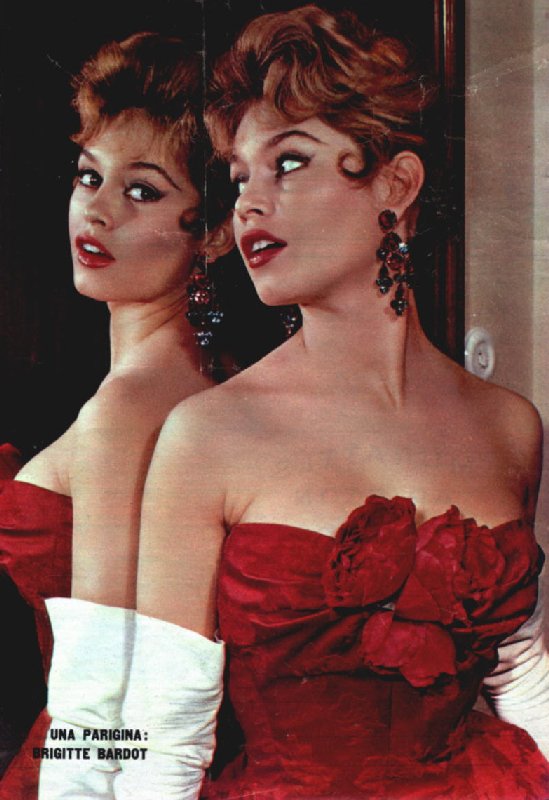During the golden age of European cinema, few names shone as brightly—or as defiantly—as Brigitte Bardot. With her captivating presence, signature blonde locks, and a gaze that combined innocence with boldness, Bardot became a global symbol of beauty and independence in the 1950s and 1960s. Yet, her legacy extends far beyond the screen. She didn’t just act—she shifted culture.

The Rise of an Icon
Born in Paris in 1934, Bardot began her career as a model before breaking into cinema with her undeniable screen presence. Her breakout came with the 1956 film And God Created Woman, directed by Roger Vadim. The film was controversial for its time, pushing boundaries with its sensual portrayal of femininity, but it catapulted Bardot into international stardom. Audiences were captivated by her unique blend of sexual freedom and natural vulnerability, a combination rarely seen in actresses of the era.
What set Bardot apart wasn’t just her looks—it was her energy. She defied expectations, often portraying women who lived on their own terms, echoing a broader cultural shift in postwar Europe. Bardot’s characters were rarely one-dimensional. She brought complexity to roles that demanded both softness and strength, paving the way for a new kind of female lead.

A Fashion Revolutionary
Off-screen, Bardot’s impact on fashion was just as profound. She helped define what would later be dubbed “French girl chic.” Her effortless style—be it cropped pants, ballet flats, or off-the-shoulder tops—set trends that endured long after the cameras stopped rolling.
She also helped transform the bikini from a niche garment into a global fashion staple. Bardot’s bikini-clad appearance in And God Created Woman sparked international attention, turning the swimwear into a bold statement of feminine confidence and liberation. Designers, photographers, and publications flocked to her, drawn not just to her beauty but to her spirit. She wasn’t just a muse—she was a movement.

A Sudden Departure from Fame
Despite—or perhaps because of—her immense popularity, Bardot began to distance herself from the entertainment world in the early 1970s. She officially retired from acting in 1973, at the age of 39. At the height of her career, she chose a quieter, more purposeful life.
This shift wasn’t a retreat but a transformation. Bardot redirected her fame toward a cause that deeply mattered to her: animal welfare. In the decades that followed, she became one of the world’s most vocal and passionate animal rights advocates. In 1986, she established the Brigitte Bardot Foundation for the Welfare and Protection of Animals, funding it with proceeds from the sale of her personal possessions.
Her activism was not without controversy. Bardot’s outspoken nature, so admired during her film career, sometimes sparked debate in the public sphere. But her commitment to the causes she believes in has never wavered, further cementing her reputation as someone who refuses to conform.

A Legacy That Transcends Generations
Today, Brigitte Bardot is remembered as much for her advocacy as she is for her iconic roles in cinema. Her influence can be seen in the work of countless actresses, models, and designers. Her image continues to inspire fashion collections, magazine editorials, and even political debates about celebrity and social responsibility.
More than a movie star, Bardot became a mirror of changing times. She represented the rise of a more liberated, expressive form of femininity and the power of using celebrity to fight for something greater. While she may have stepped away from the spotlight, her shadow looms large over popular culture.
Bardot herself once said, “I gave my beauty and youth to men. I am going to give my wisdom and experience to animals.” That sentiment reflects the duality of her legacy: a woman who dazzled millions with her appearance and later devoted her life to compassion and activism.
Brigitte Bardot remains an enduring cultural force—unapologetic, influential, and unforgettable.